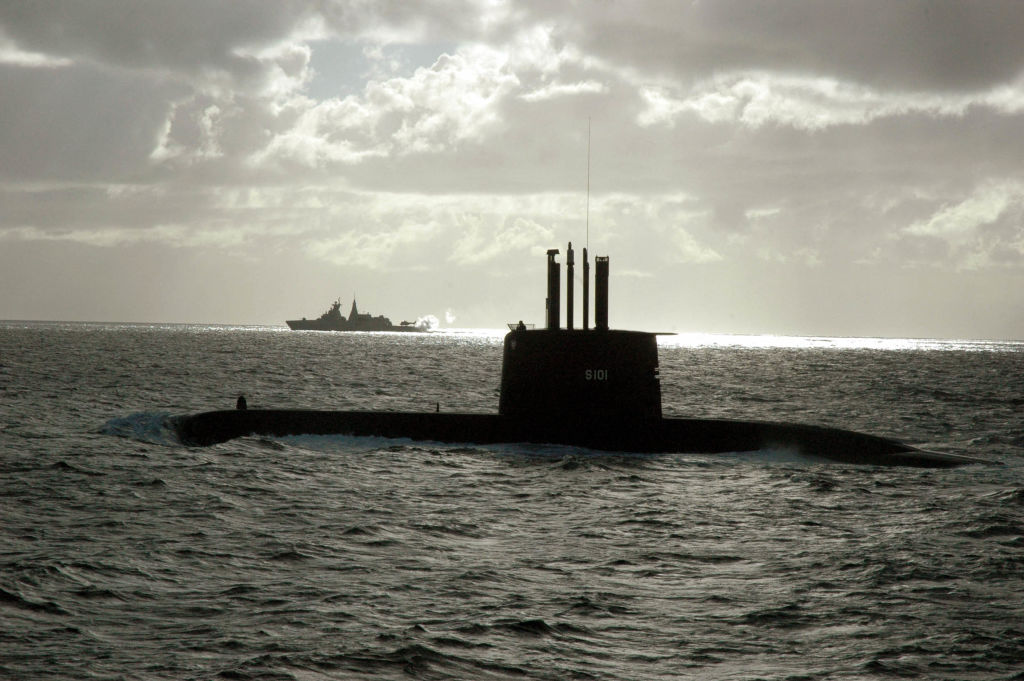ADF STAFF
South Africa’s Navy, once the continent’s most powerful, is now struggling after years of financial belt-tightening forced it to forego needed maintenance and recruitment.
The Navy’s recorded sea hours have dropped by more than 75% since 2018, reaching just over 2,700 hours this year. The underfunded service has a staffing shortfall of 3,000 people on a planned operational staff of more than 9,500. The Navy was forced to cancel a mission circumnavigating the African continent when its lead vessel, the SAS Amatola, was found unfit to sail.
Once Sub-Saharan Africa’s most powerful Navy, South Africa’s Navy can now barely perform its primary mission of monitoring and protecting the nation’s sprawling economic exclusive zone (EEZ). South Africa’s 1.8 million-square-kilometer EEZ is larger than the country’s landmass and contains some of the most challenging waters on the planet.
“At this point, I have to be honest by saying that the SA Navy only has a very basic idea of what is happening in our EEZ at any given time,” Vice Adm. Monde Lobese, chief of the Navy, said recently in a statement before South Africa’s recent Navy Festival.
The Navy is not alone. South Africa’s Air Force has grounded many of its top fighter jets and helicopters due to unfunded maintenance issues. The Department of Defense’s websites have been dark for more than a year. South Africa’s defense spending amounts to about 0.7% of its national gross domestic product — about one-third of the global average.
South Africa’s sagging maritime domain awareness capabilities leave the country vulnerable to incursions by illegal fishing vessels, drug traffickers, and other maritime criminals. The struggles have become more important as international shipping companies have rerouted around the Cape of Good Hope to avoid potential attacks by Yemen’s Houthi rebels in the Red Sea. Shipping through South African waters has increased about 60% since missile attacks began in the Red Sea last year.
Lobese noted that the estimated $340 million in national revenue lost to illegal fishing could pay for four multimission inshore patrol vessels.
The South African Navy’s greatest challenges in recent years appear to be maintaining its vessels. In 2021, the Department of Defence reported it had half the money it needed to do refits. With 63% of its current $244 million budget dedicated to personnel, the Navy’s operation and maintenance funding continues to fall short. To meet all its needs, the Navy would need a budget of nearly $500 million, Lobese said.
South Africa dramatically expanded its military in the 1990s, adding four frigates and three submarines. The SAS Amatola has undergone one full refit since then. Over the last decade, South Africa has managed to partially refit just two of its primary vessels — the SAS Amatola, again, and the submarine SAS Manthatisi. Of the remaining three frigates and two submarines, only one, the frigate SAS Isandlwana, is undergoing a refit at a shipyard in Durban.
According to Lobese, some of the Navy’s maintenance issues can be traced to dysfunction at the Armscor Dockyard. The Navy has contracted ship maintenance with the dockyard for nearly 20 years. In recent years, the dockyard has turned to outsourcing projects, resulting in higher costs and missed deadlines.
“As the Chief of the Navy, I have reached the end of my patience with their inability to repair the SA Navy ships,” Lobese said at an awards ceremony in March. “All of the countries that I visit have dockyards that are force multipliers for their Navies.”
In response to questions from a member of the National Assembly, Defence and Military Veterans Minister Angie Motshekga, recently blamed the Navy’s hamstrung status on years of budget cuts that have undermined readiness. The Department of Defence has shifted much of its maintenance in-house to save money and keep its force as up to date as possible, she said.
“We have continuously approached National Treasury for more funding,” Motshekga said.

